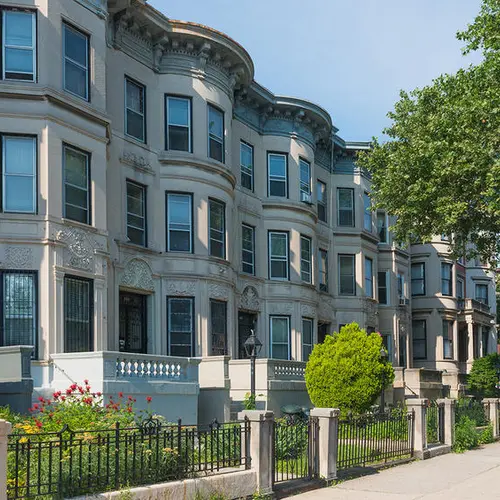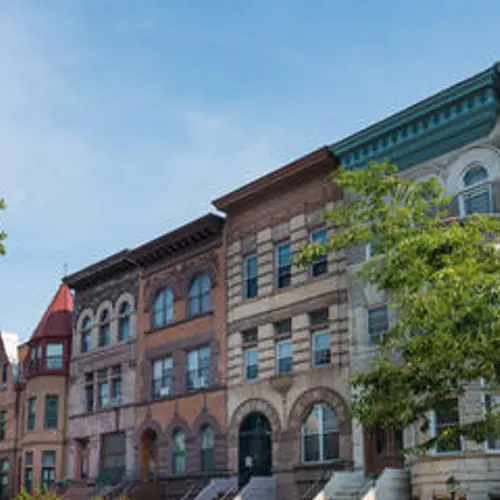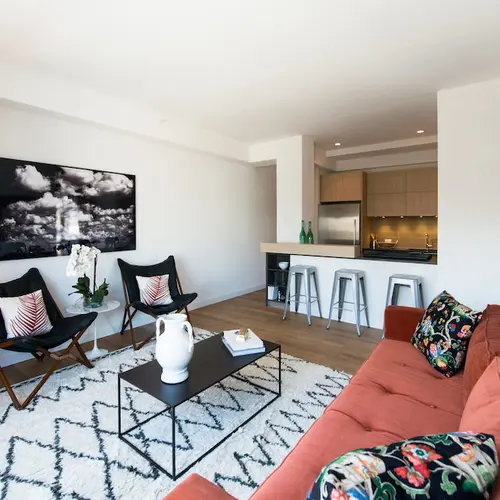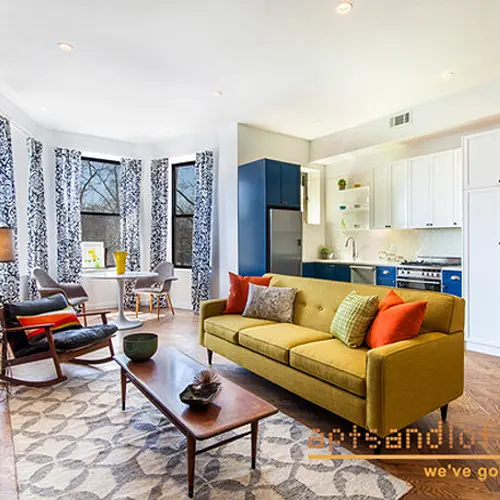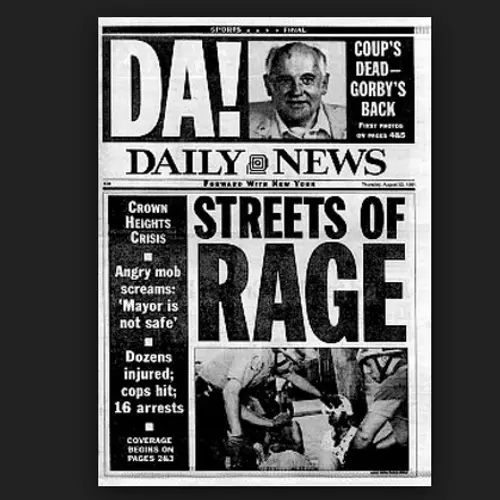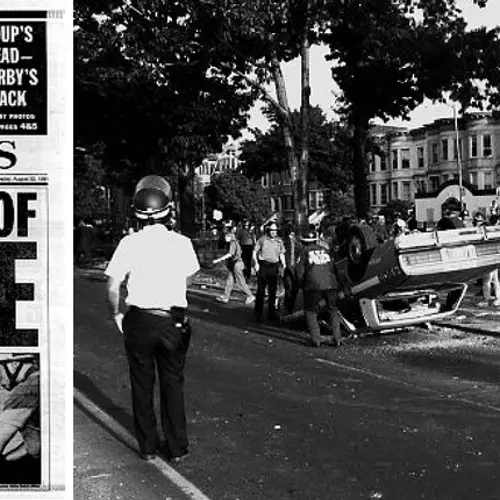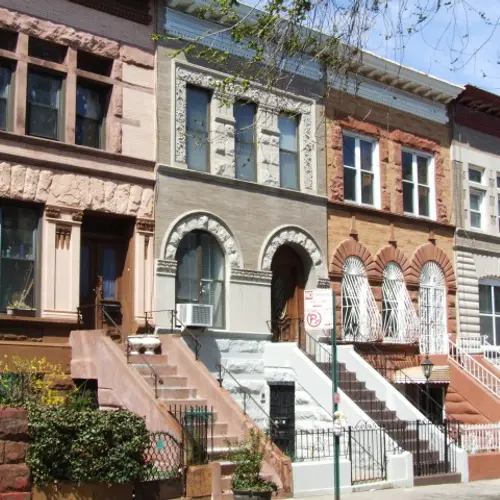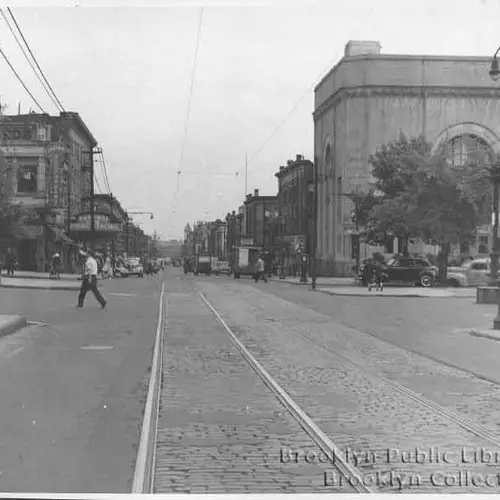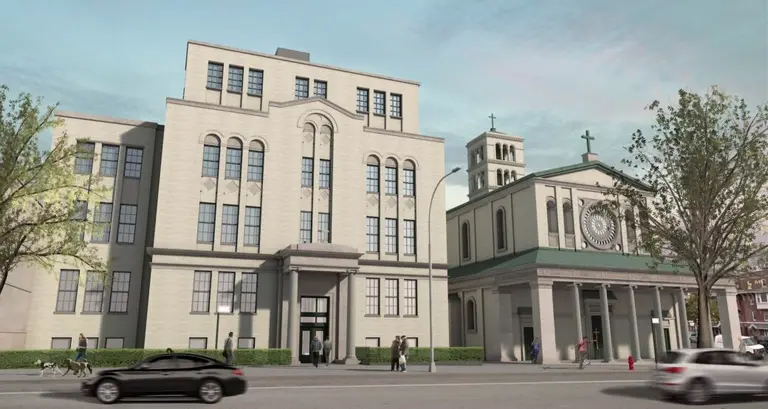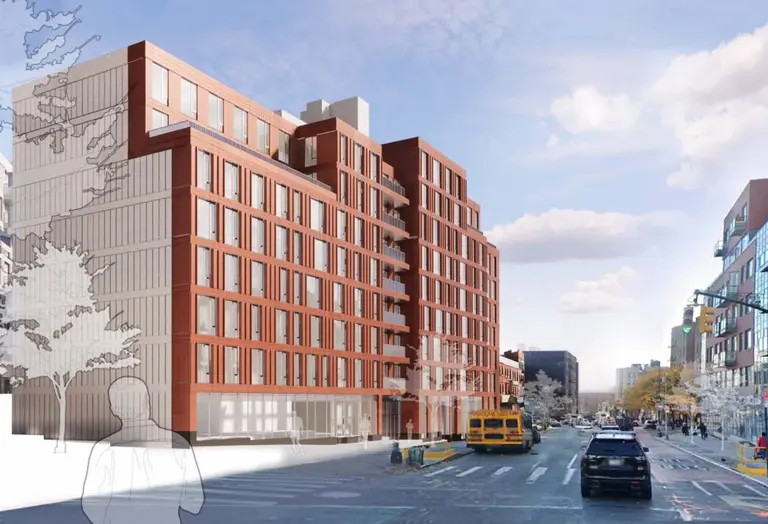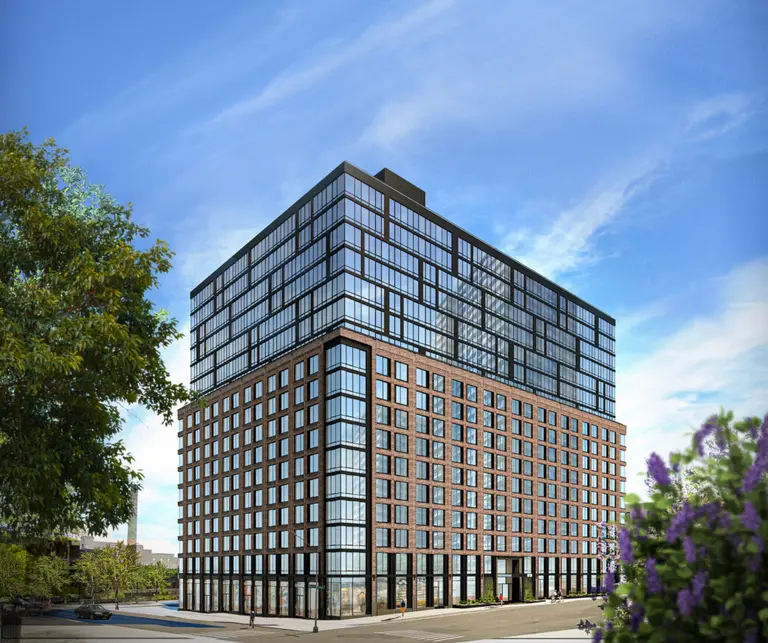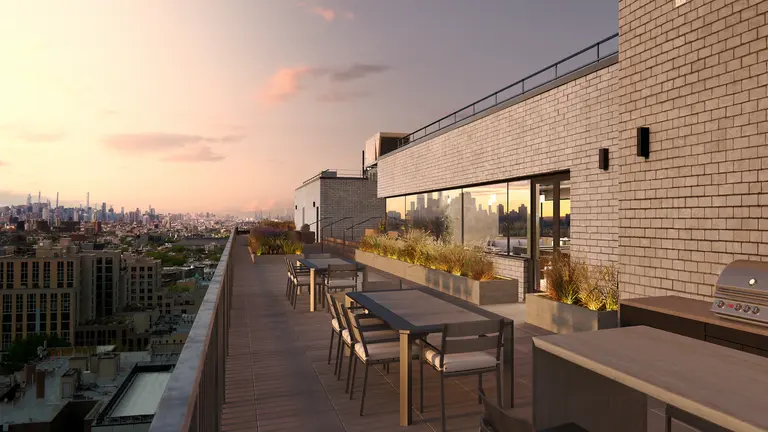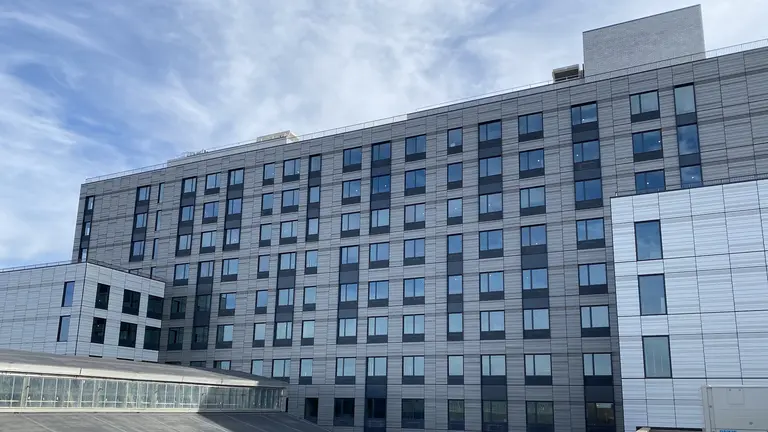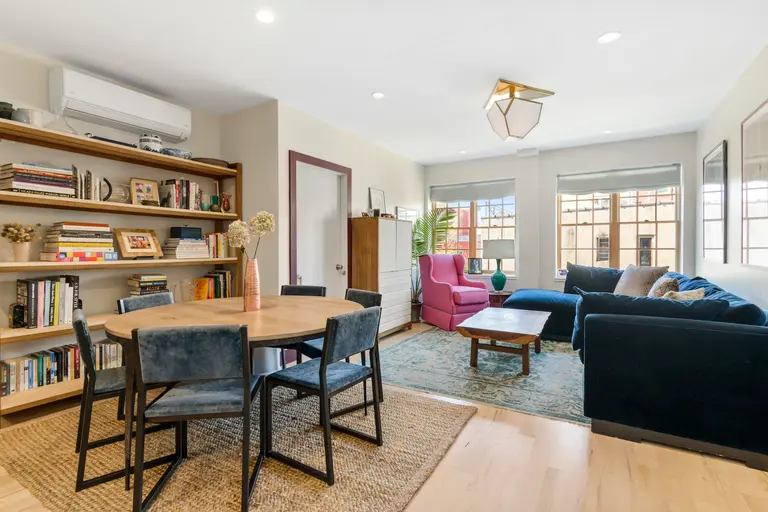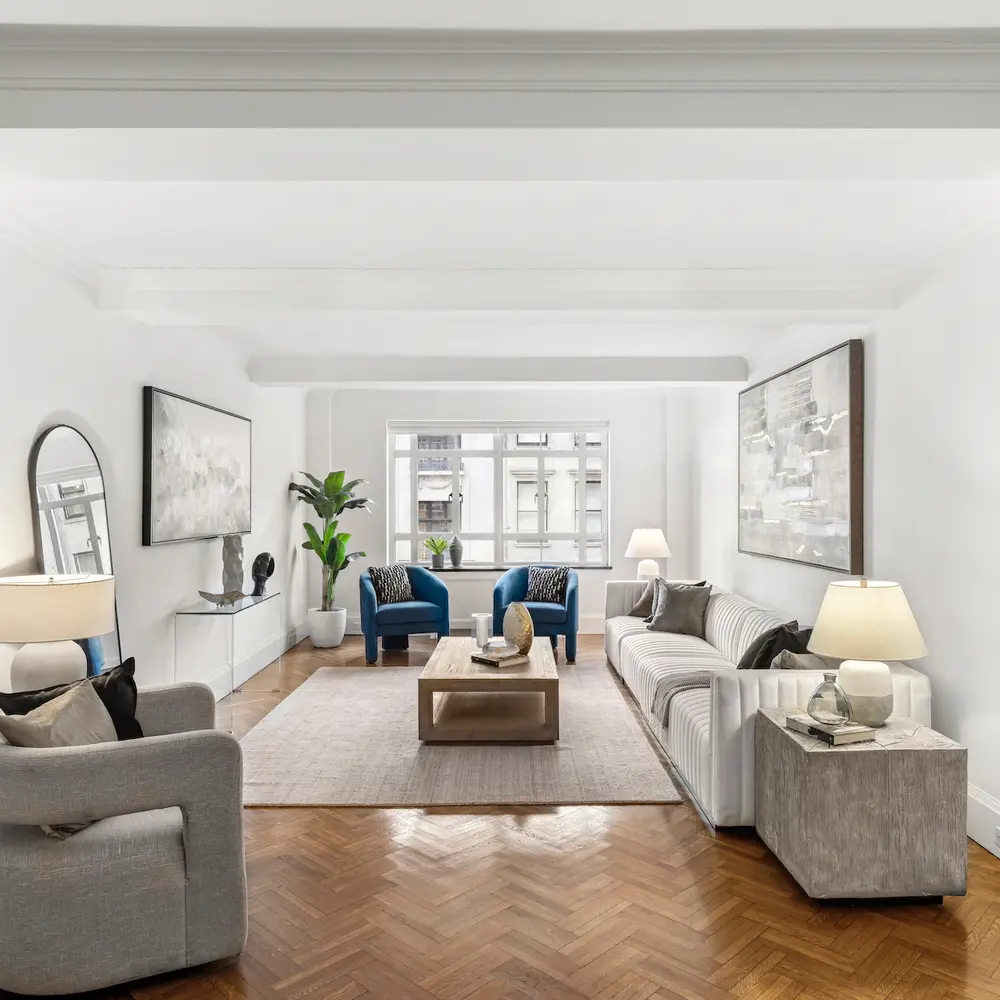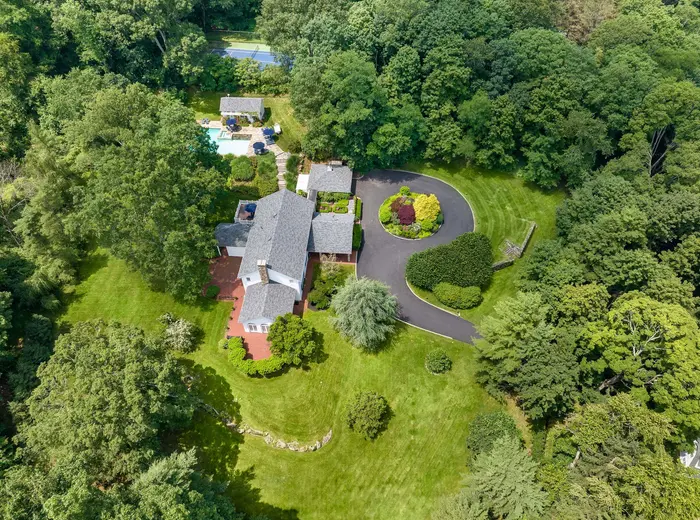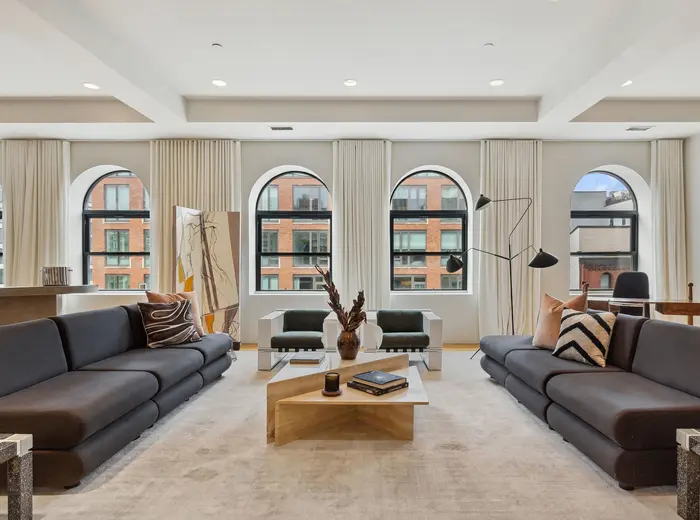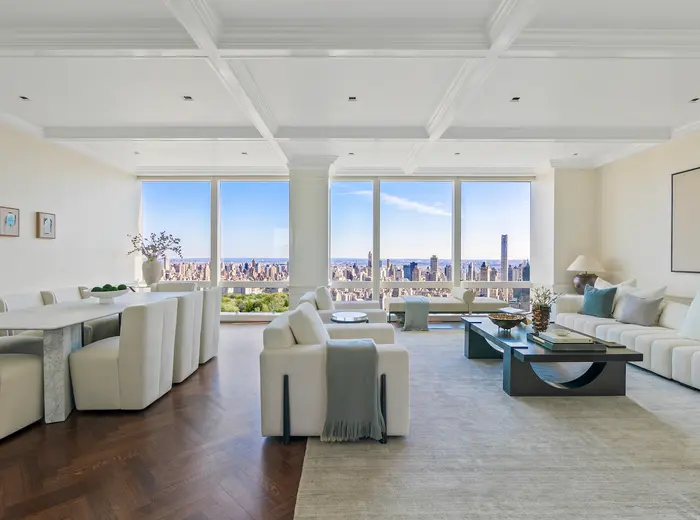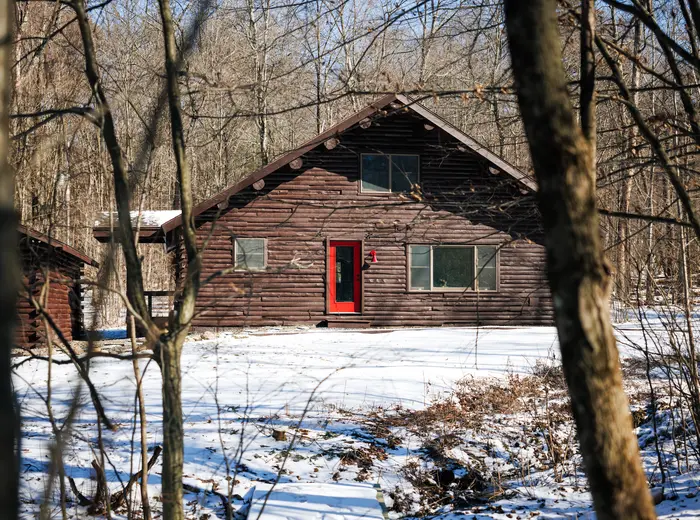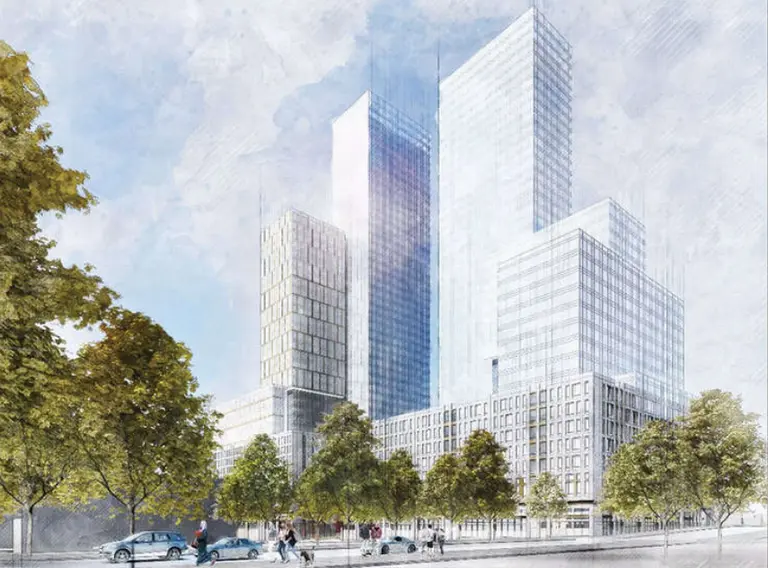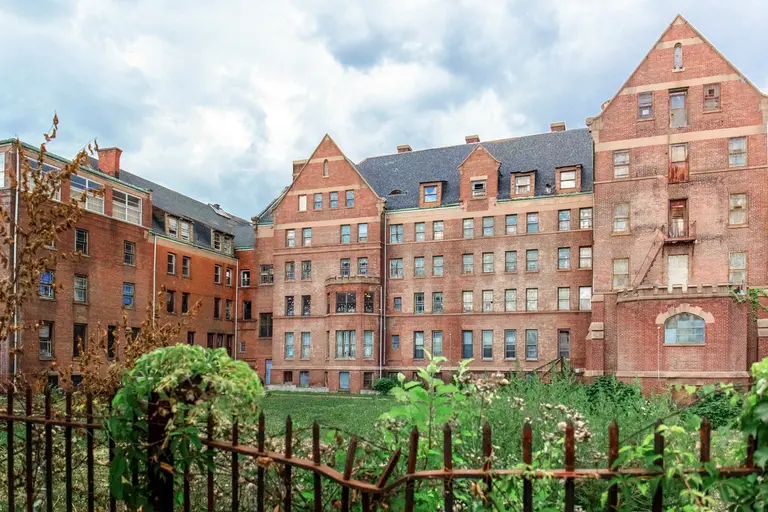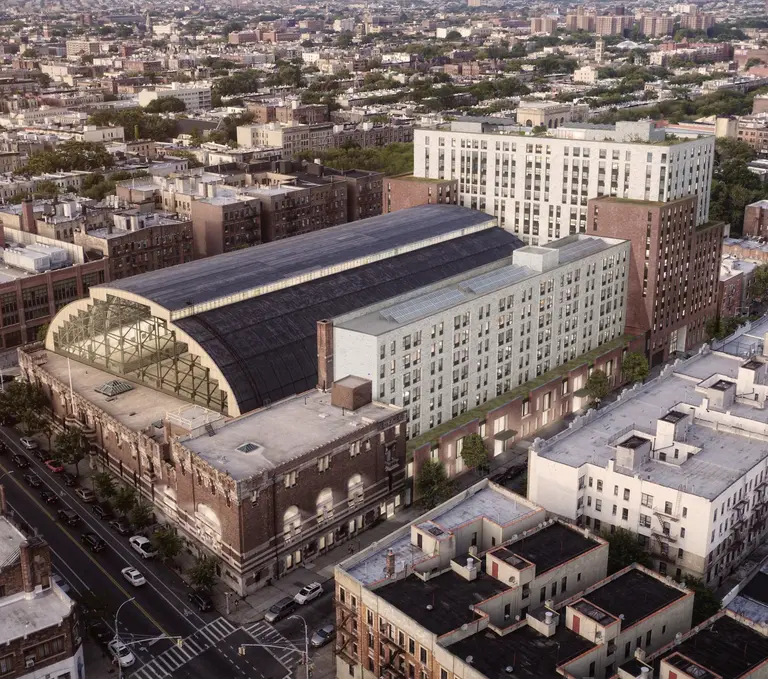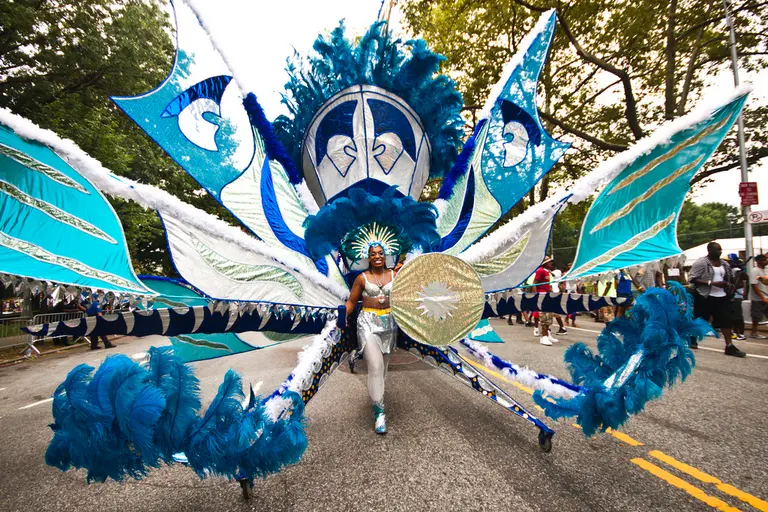Get ‘Em While They’re Cheap: A Look at Crown Heights Real Estate Past and Present
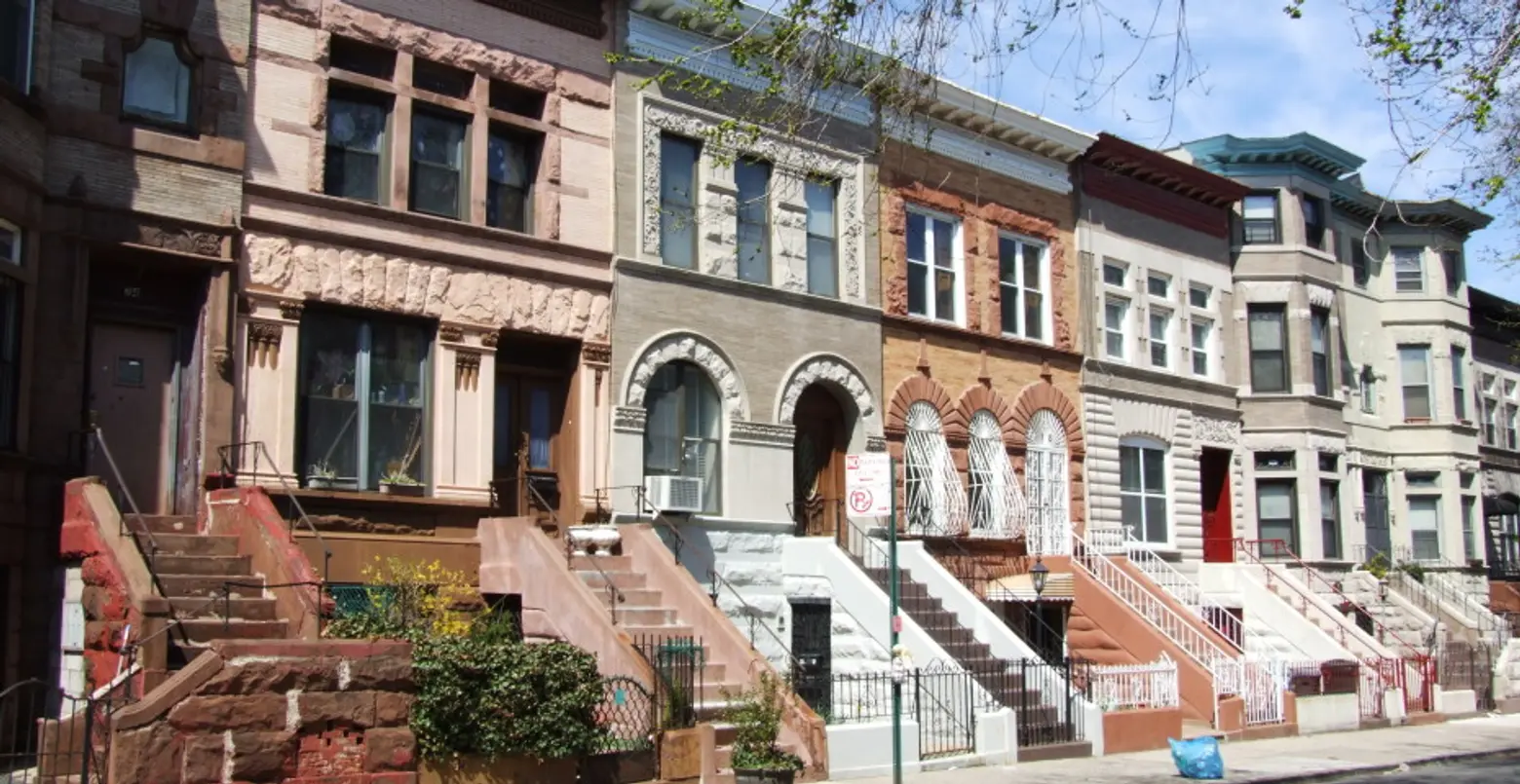
Image via the Historic Districts Council
What once seemed unheard-of in terms of where to rent or buy in tertiary neighborhoods is now a thing of the past—be it Harlem, Williamsburg, Hell’s Kitchen, Long Island City, or the Lower East Side. But one of the best examples of rapid transformation is Brooklyn. Certainly there are many coveted communities such as Brooklyn Heights, Prospect Heights, and Park Slope, but there is another neighborhood making what looks like a very successful run at gentrification: Crown Heights.
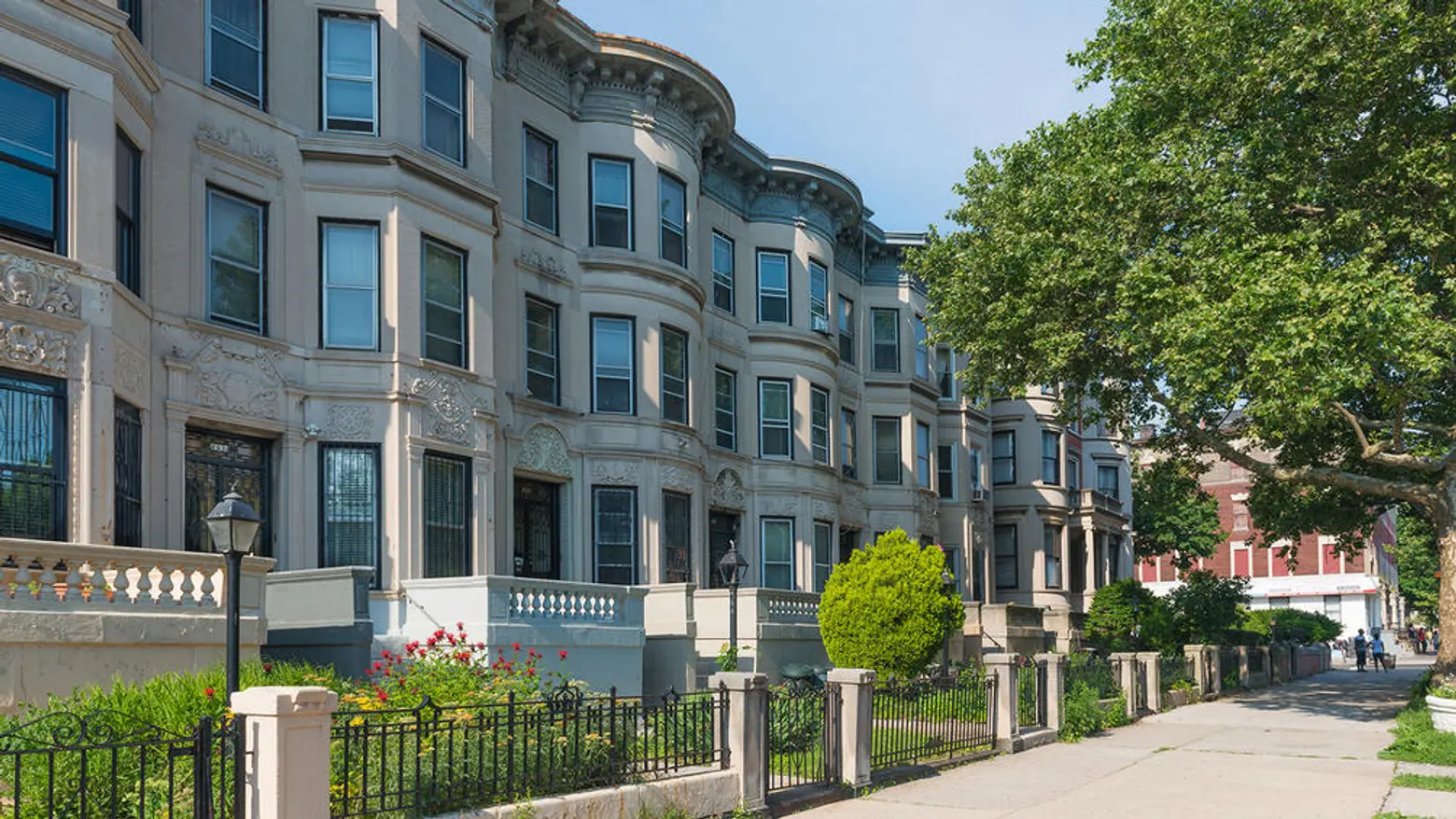 Image via CityRealty
Image via CityRealty
Over the last two decades or so, once blight-filled and crime-ridden Crown Heights has become hot and happening. Located in Central Brooklyn, one of neighborhood’s biggest claims to fame is that it was once home to the Brooklyn Dodgers. Well-positioned near Prospect Park, its blurry boundaries run from Flatbush Avenue to the west, Atlantic Avenue to the north, Ralph Avenue to the east, and Empire Boulevard to the south. Better yet, portions of this neighborhood border the Brooklyn Museum (the city’s second largest), the 52-acre Botanic Garden (the very first to incorporate a portion designed for the vision-impaired, the Fragrance Garden), and the underground Brooklyn Children’s Museum (the first of its kind when it opened in 1899).
Crown Heights is steeped in history, and neighborhood thoroughfares to the north such as Grant Square, Brooklyn Avenue and St. Marks Avenue were once playgrounds for the city’s richest. In fact, in its heyday, Crown Heights was the wealthiest area in all of Brooklyn. Today you can still find remnants of this prosperous period in history in the form of magnificent mansions, churches, apartment buildings, and too-many-to-count impressive row houses. Crown Heights remains one of New York City’s most architecturally significant neighborhoods.
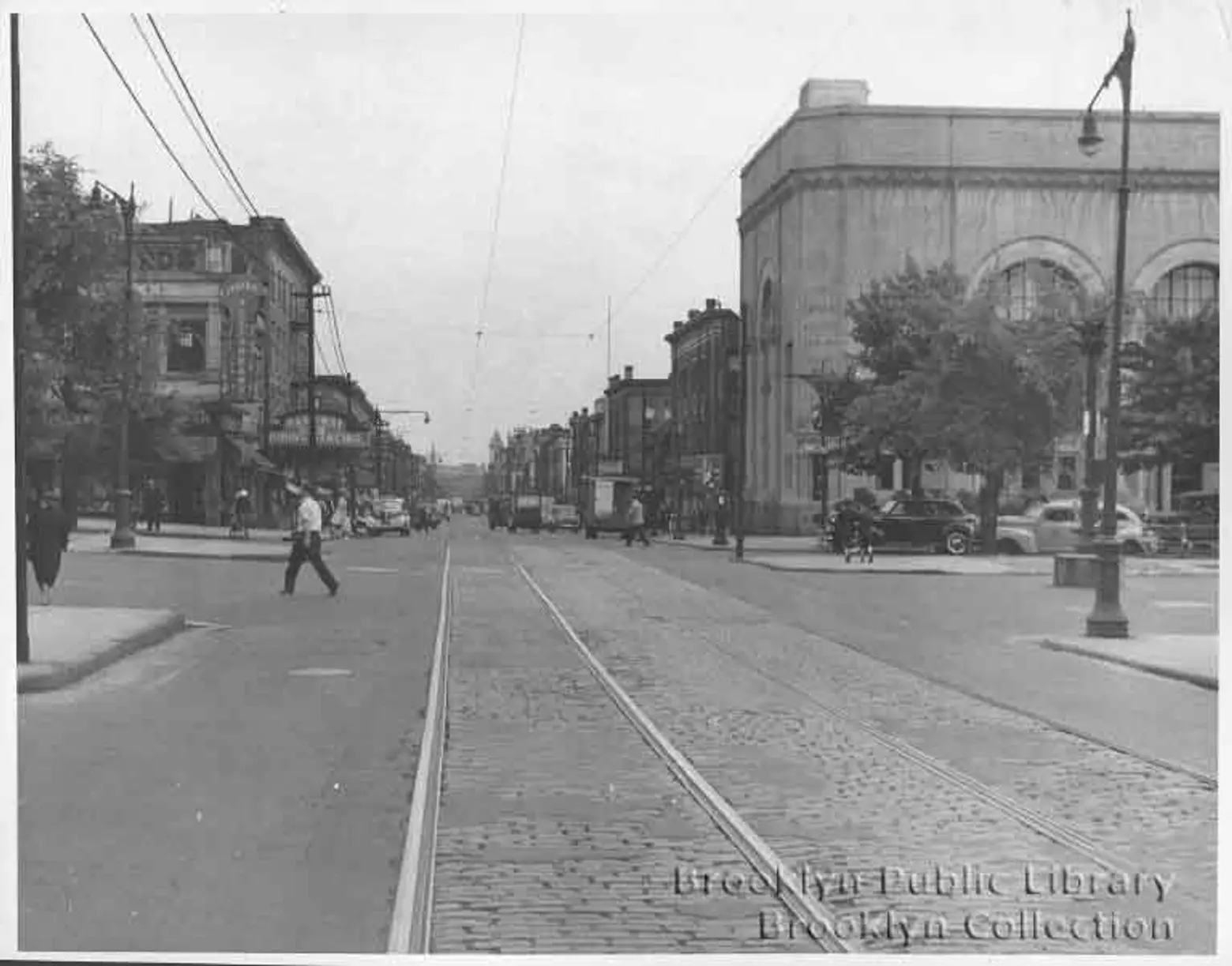 Nostrand Avenue and Eastern Parkway in the 1940s. Image via NYPL
Nostrand Avenue and Eastern Parkway in the 1940s. Image via NYPL
Change came in the early 20th century when many of the mansions and enormous estates were replaced by large Tudor and medieval-inspired apartment houses. Between the 1920s and 1930s, Crown Heights morphed into a well-established middle class community, and by the 1940s the population became more diverse. By the mid-1960s, the neighborhood was almost entirely comprised of an African-American and West Indian/Caribbean community and a community of Hasidic Jews.
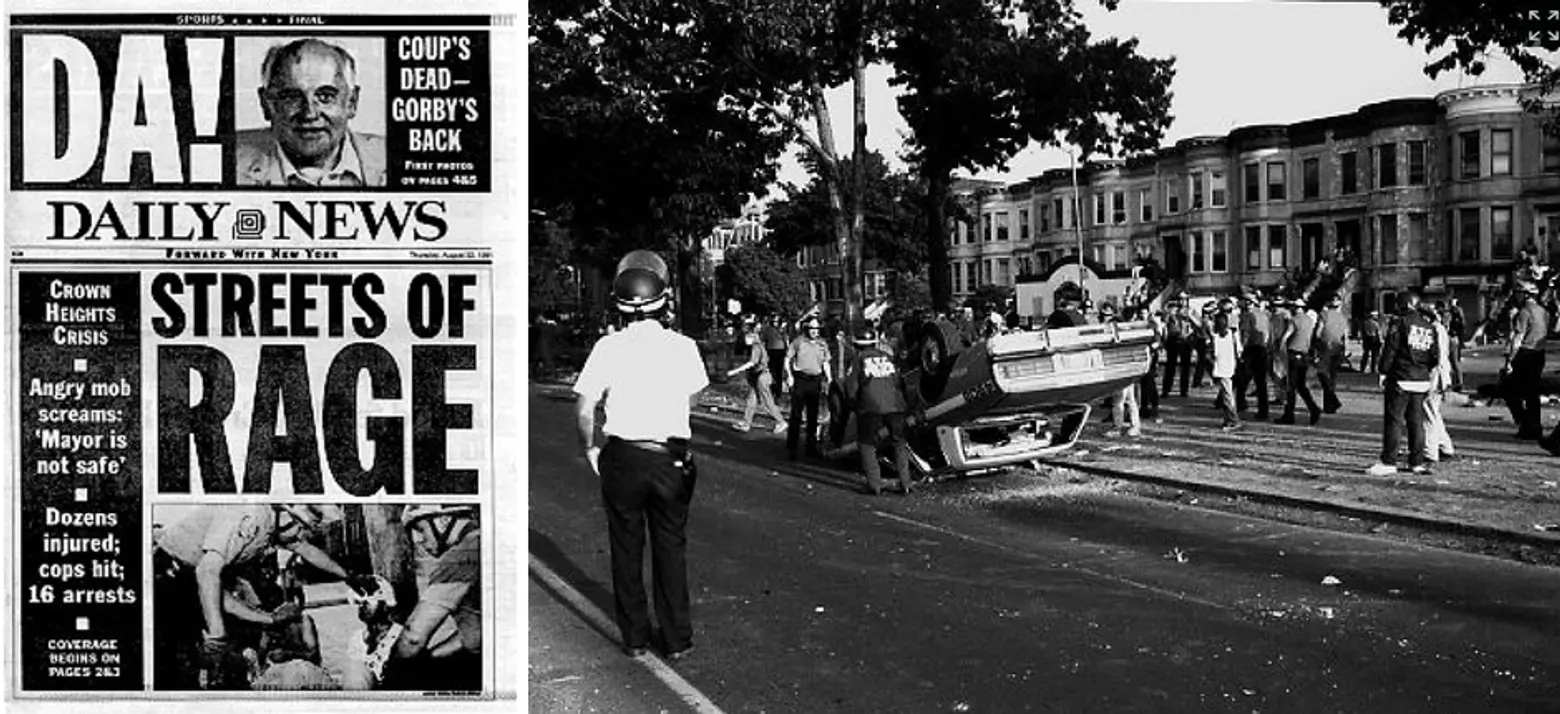 Image: The cover of the NYDN after the 1991 incident. Via NYDN
Image: The cover of the NYDN after the 1991 incident. Via NYDN
Overcoming a reputation for intolerance and violence—which made headlines during the infamous 1991 riots between blacks and Hasidic Jews—this community now seems to be thriving, with a population of some 140,000 residents. What drew newcomers eager to create rapid changes? Mostly the very reasonable cost of buying or renting.

In the last two years or so there has been a noticeable presence of well-known developers creating new projects, including pre-war conversions for rent or sale, especially near Franklin Avenue, north of the Eastern Parkway and west of Nostrand Avenue. Development companies, large and small, include Brookland Capital, the Stahl Organization, Realty With Reach, and Hello Living. And, as expected, there’s a new crop of great restaurants and shops.
NEW DEVELOPMENTS
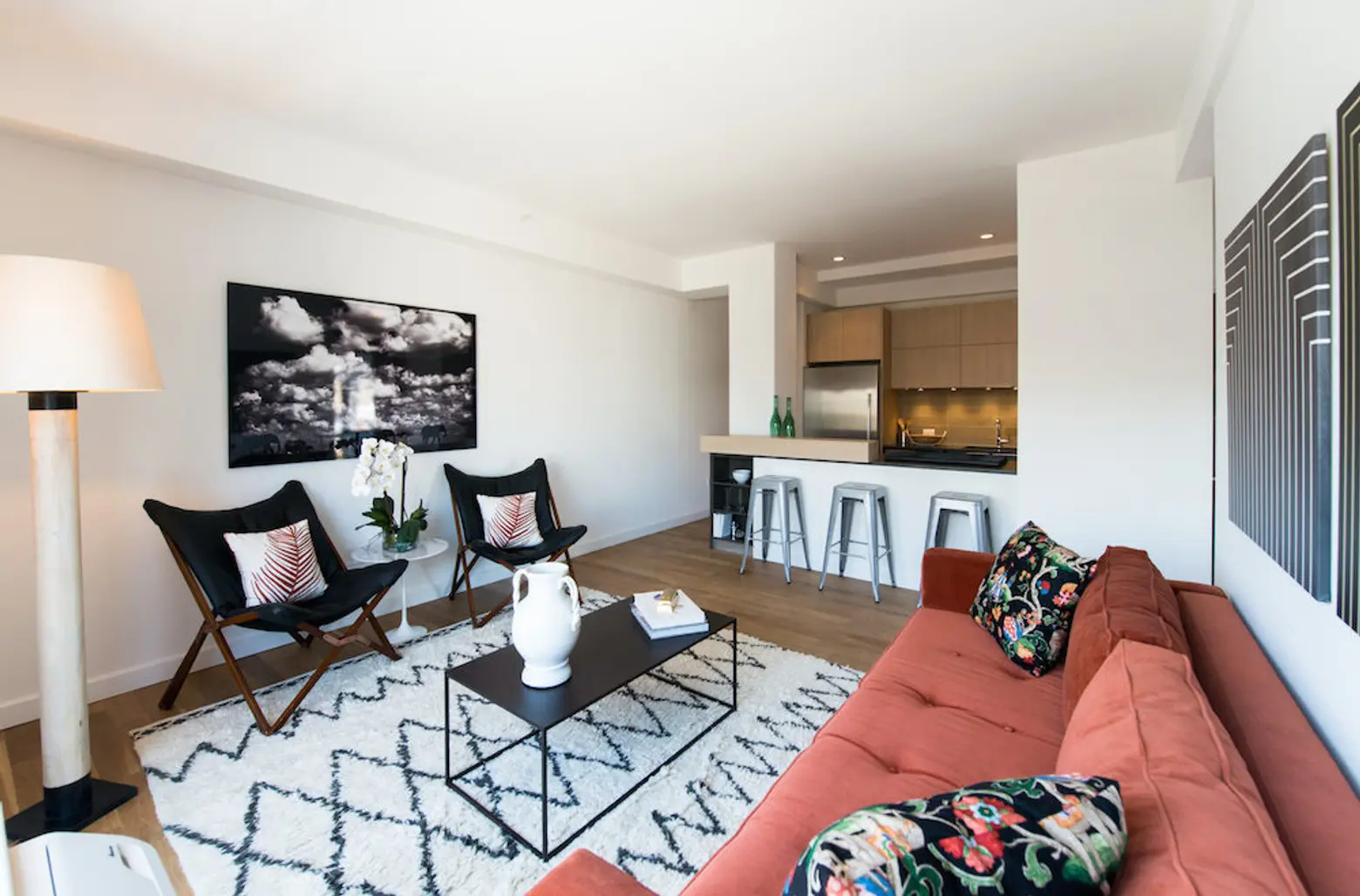
Halstead Property Development Marketing (HPDM) is currently marketing 500 Sterling Place, between Washington and Classon Avenues. The building is nearly sold out. A no-fee rental building, the unit mix is made up of studios to two-room apartments, including duplexes. Some have private outdoor space. Fixtures and finishes include washers and dryers, open kitchens with limed oak cabinetry and CaesarStone countertops—and appliances by Fisher & Paykel, KitchenAid, Bosch and Sharp. Tiled bathrooms sport custom walnut vanities. Communal amenities include a rooftop deck with a grilling area, a movie screen and misting wall. The list also includes a fitness center, private parking and part-time doorman services. What’s left of these no-fee rentals begin at $3,230 per month for a two-bedroom apartment.
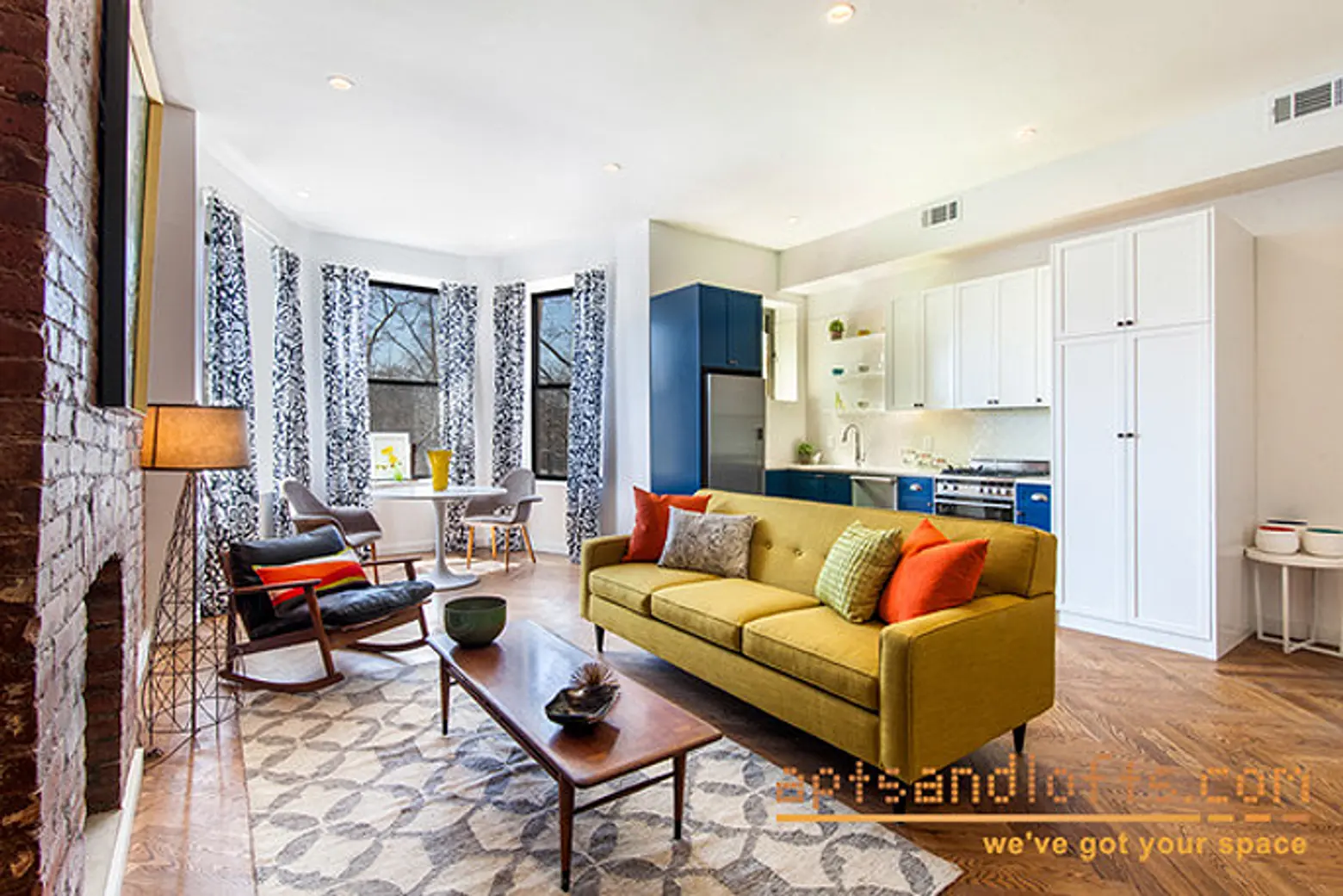
Brookland Capital’s 875 St. Marks Avenue inside the historic district, a glorious prewar mansion across from the Children’s Museum. Its conversion to a collection of one- and two-bedroom condos will certainly retain original historic details, including exposed brick walls. Marketed through Apartments and Lofts, what’s left is priced from about $470,000 to just under $700,000. They are also getting ready to sell condos exclusively through Apartments and Lofts at the Bergen House at 954 Bergen Street, which is off Franklin Avenue. Ranging from studios to two bedrooms, prices will begin at about $355,000.
The list grows longer by the minute for new rental and condo developments in this now-sizzling community, including 505 St. Marks Avenue, 1515 Bedford Avenue, 834 Sterling Place, 267 Rogers Avenue, and 341 Eastern Parkway.
+++
If you’re looking to explore more of the cool haunts and available properties that make up Crown Heights, visit our neighborhood guide here.
